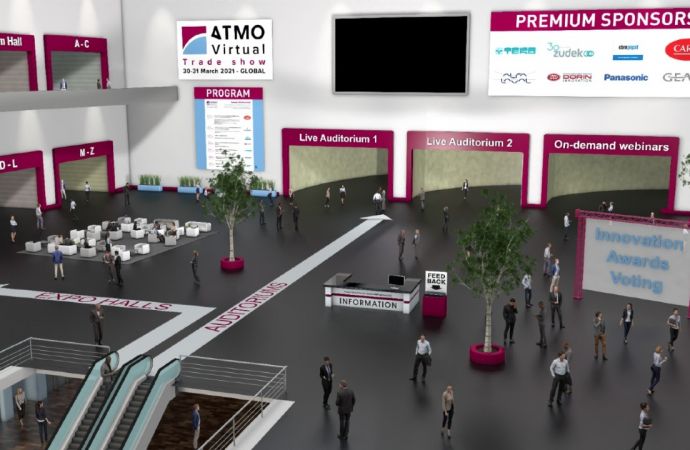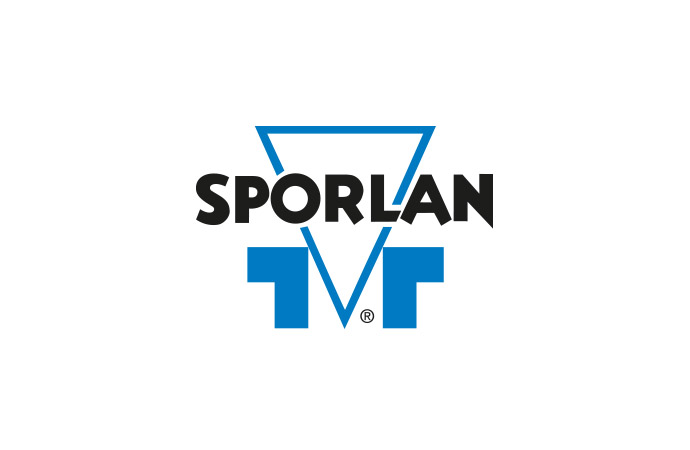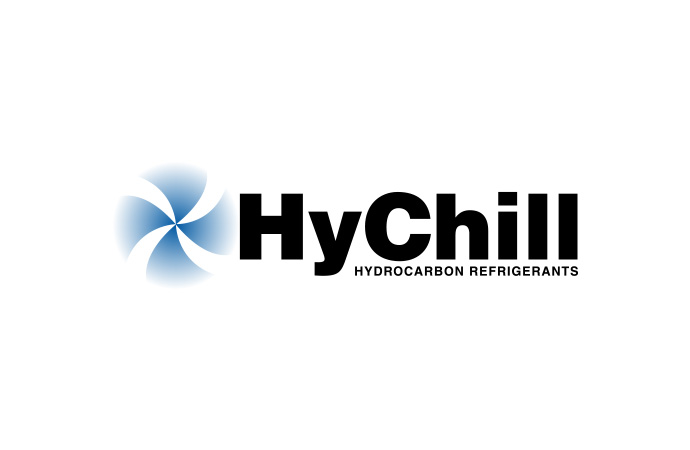The second article on ATMOshpere 2010 gives an overview of second day presentations provided by high level policy speakers, as well as a dedicated panel that discussed the status and potential of natural refrigerants in India. + IMAGE GALLERY The presentations are available now in the paper section.

The second day of the workshop kicked off with a policy session and high-level speakers from the Multilateral Fund for the implementation of the Montreal Protocol, the United Nations Industrial Development Organisation, the Ministry of Housing and Environment of Colombia, the European Parliament and a Senior Advisor to the Japanese Government.
In his presentation, Javier Camargo, Chair of the Executive Committee of the Multilateral Fund (MLF), noted that the funding provided by MLF is based on a country-driven approach, rather than individual projects. It is, therefore, important that national administrations increase their focus on natural refrigerants in order for them to be taken into account by the MLF funding. The presenter also reminded that projects such as institutional strengthening, technical assistance, and network activities are also funded.
Theodoros Skylakakis, Member of the European Parliament, discussed the parliament's action in stopping the “CDM HFC23 scandal” and also asserted that natural refrigerants, including hydrocarbons “can make the perfect match for both a green and a profitable investment”.
Mrs Nidia Pabón of the Colombian Ministry of Housing and Environment discussed the status of natural refrigerants in the country, which is currently drafting its national HCFC phase out management plan that will be submitted to the executive committee of the Multilateral Fund of the Montreal Protocol in November 2010 for approval and funding. To this end, Colombia has designed a strategy to achieve a complete HCFC phase out by 2025 with half way reductions in HCFCs consumption of 60% in 2015 and 85% in 2020. In the search for possible substitutes for HCFCs, which can be implemented as long term solutions by end-users, Colombia considers the possibility of carrying out at least two demonstration projects on the replacement of HCFCs by natural refrigerants in one of the end-user sectors with the highest installed loads of HCFC-22 – like shopping centers, hypermarkets or hotels. Colombia will also implement hydrocarbons in domestic refrigerators.
Sidi Menad Si Ahmed, United Nations Industrial Development Organization (UNIDO), discussed the experience of UNIDO with natural refrigerants in the past sixteen years. Despite many safety hurdles that the organisation had to overcome, especially in African countries, UNIDO is confident that these have now been overcome. The introduction of isobutene refrigerators in Egypt, Nigeria and China have also indicated progress in the safe handling of natural refrigerants.
Ryoichi Yamamoto, Professor at the Institute of Industrial Science in Tokyo and Senior Advisor to the Japanese Government, referred to Japan’s approach of promoting sustainable heating and cooling equipment through organising trade fairs on eco-friendly products and the compilation of an eco-friendly products directory to allow buyers to make informed choices. In its 2010 edition, for example, the directory refers to the “Natural Five” heating and cooling appliances manufactured by Mayekawa that use natural refrigerants, including hydrocarbons. Professor Yamamato also emphasised the importance of certification and mentioned as examples in Japan the MBCD Cradle to Cradle certification that assesses a product’s safety for humans and the environment and provides guidelines to help business operators to implement the Cradle-to-Cradle approach.
India’s potential for natural refrigerants
The special lunch session on India was initiated to put the focus on challenges faced by a nation rapidly growing in terms of population and economic strength. It is important for the global community to know how India will set its course regarding the replacement of HCFCs and HFCs with natural refrigerants. Chaired by Rajendra Shende, Head of OzonAction Branch UNEP, the panel concluded that India is ready to decisively act if the right framework conditions are provided.
Anshu Kumar, consultant at Anadi Environment Training & Consultancy – working closely with UNDP, UNEP, UNICEF and GTZ on training initiatives – stressed the essential role of training for the adoption of more sustainable refrigerant solutions in India, especially of natural refrigerants. Flexible and hands-on training courses have enabled engineers in the HVAC&R servicing sector to apply good practices in handling natural refrigerants and to cope with new demands of handling refrigerants and retrofit. Despite the urgent need for training the industry, the supply shortage of natural refrigerants in India, the low price of competing HFCs, inappropriate local refilling practices, a low confidence level of local servicing businesses, missing standard tools and equipments, and the lack of feedback after two or three months of implementation are some of the major obstacles the Indian servicing industry is currently facing.
Solutions to some of these shortcomings can be found in the following measures:
Bhattacharyya proposed the following tools to accelerate the use of natural refrigerants:
All ATMOsphere 2010 presentations are available in the paper section.
In his presentation, Javier Camargo, Chair of the Executive Committee of the Multilateral Fund (MLF), noted that the funding provided by MLF is based on a country-driven approach, rather than individual projects. It is, therefore, important that national administrations increase their focus on natural refrigerants in order for them to be taken into account by the MLF funding. The presenter also reminded that projects such as institutional strengthening, technical assistance, and network activities are also funded.
Theodoros Skylakakis, Member of the European Parliament, discussed the parliament's action in stopping the “CDM HFC23 scandal” and also asserted that natural refrigerants, including hydrocarbons “can make the perfect match for both a green and a profitable investment”.
Mrs Nidia Pabón of the Colombian Ministry of Housing and Environment discussed the status of natural refrigerants in the country, which is currently drafting its national HCFC phase out management plan that will be submitted to the executive committee of the Multilateral Fund of the Montreal Protocol in November 2010 for approval and funding. To this end, Colombia has designed a strategy to achieve a complete HCFC phase out by 2025 with half way reductions in HCFCs consumption of 60% in 2015 and 85% in 2020. In the search for possible substitutes for HCFCs, which can be implemented as long term solutions by end-users, Colombia considers the possibility of carrying out at least two demonstration projects on the replacement of HCFCs by natural refrigerants in one of the end-user sectors with the highest installed loads of HCFC-22 – like shopping centers, hypermarkets or hotels. Colombia will also implement hydrocarbons in domestic refrigerators.
Sidi Menad Si Ahmed, United Nations Industrial Development Organization (UNIDO), discussed the experience of UNIDO with natural refrigerants in the past sixteen years. Despite many safety hurdles that the organisation had to overcome, especially in African countries, UNIDO is confident that these have now been overcome. The introduction of isobutene refrigerators in Egypt, Nigeria and China have also indicated progress in the safe handling of natural refrigerants.
Ryoichi Yamamoto, Professor at the Institute of Industrial Science in Tokyo and Senior Advisor to the Japanese Government, referred to Japan’s approach of promoting sustainable heating and cooling equipment through organising trade fairs on eco-friendly products and the compilation of an eco-friendly products directory to allow buyers to make informed choices. In its 2010 edition, for example, the directory refers to the “Natural Five” heating and cooling appliances manufactured by Mayekawa that use natural refrigerants, including hydrocarbons. Professor Yamamato also emphasised the importance of certification and mentioned as examples in Japan the MBCD Cradle to Cradle certification that assesses a product’s safety for humans and the environment and provides guidelines to help business operators to implement the Cradle-to-Cradle approach.
India’s potential for natural refrigerants
The special lunch session on India was initiated to put the focus on challenges faced by a nation rapidly growing in terms of population and economic strength. It is important for the global community to know how India will set its course regarding the replacement of HCFCs and HFCs with natural refrigerants. Chaired by Rajendra Shende, Head of OzonAction Branch UNEP, the panel concluded that India is ready to decisively act if the right framework conditions are provided.
Anshu Kumar, consultant at Anadi Environment Training & Consultancy – working closely with UNDP, UNEP, UNICEF and GTZ on training initiatives – stressed the essential role of training for the adoption of more sustainable refrigerant solutions in India, especially of natural refrigerants. Flexible and hands-on training courses have enabled engineers in the HVAC&R servicing sector to apply good practices in handling natural refrigerants and to cope with new demands of handling refrigerants and retrofit. Despite the urgent need for training the industry, the supply shortage of natural refrigerants in India, the low price of competing HFCs, inappropriate local refilling practices, a low confidence level of local servicing businesses, missing standard tools and equipments, and the lack of feedback after two or three months of implementation are some of the major obstacles the Indian servicing industry is currently facing.
Solutions to some of these shortcomings can be found in the following measures:
- Online training schemes and better training material as regards the properties, handling and storage of natural refrigerants; training videos showing good servicing practices; circulation of free magazines to RAC engineers and local associations
- Mobile training schemes with trainers travelling to the servicing garages and providing on-site training for technicians
- Updated vocational, NVQ & TE curricula; implementing more effective training of trainers schemes; upgrade refrigeration engineers training centres
- Awards and visibility for technicians adopting good servicing practices; official accreditation and certification of technicians having undertaken a two days intensive training course about real-life installation and maintenance of natural refrigerants equipment
Bhattacharyya proposed the following tools to accelerate the use of natural refrigerants:
- Demonstration projects by UN agencies and global suppliers
- Awareness-rising campaigns among academics and the wider public
- Introduce natural refrigeration content in universities’ syllabus
- Support from government by introducing direct incentives for green refrigeration
All ATMOsphere 2010 presentations are available in the paper section.
MORE INFORMATION
Related stories













